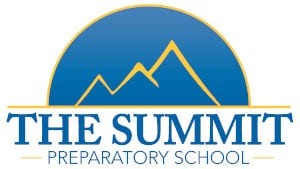This week, we’ve taken advantage of a pause between other content areas to take a deeper look at several important social skills, including: how to be a friend, making new friends, taking turns and sharing, and how to be a good listener. Each of these lessons provided the opportunity for students to practice old skills, as well as deepen their understanding in other contexts. On Tuesday, we discussed the following ways to be a friend:
- Listen and pay attention when a friend is talking to you.
- Laugh, make jokes, be silly, and have fun with a friend.
- Share with a friend and take turns with toys and supplies.
- Cheer up a friend who is hurt, sad, or lonely.
- Play fairly with a friend and include others in play.
- Show respect and celebrate a friends’ differences.
- Cheer on a friend when they try their best.
- Lend a hand and help a friend when they need it.
- Smile and be kind with friends.
Students enjoyed putting their skills to work while completing a “New Friend Scavenger Hunt.” Students have also enjoyed playing “That’s Me!” this week. To play this game, one student comes to the front of the classroom and shares a personal fact (i.e. I like to play with my dog) and any other student who shares the same trait jumps up and says, “that’s me!!” We found several similarities between classmates. Yesterday, students enjoyed role playing with puppets to practice different responses to several different social scenarios. The themes included: someone cutting in front of you in line for the slide, getting to the sink at the same time as another friend, and someone else asking to play with the toy you’re using. There were several solutions for each. It was a great discussion to determine which solution was “best” and how the best solution might change from time to time.
Today, students listened to the read aloud, My Mouth is a Volcano by Julia Cook. We brainstormed ideas for what to do if you feel like your volcano (important words) is (are) going to erupt (interrupt)! We also discussed four components of being a good listener:

We then practiced these skills by taking turns talking and listening (without interrupting) with a partner. Try using these four components at home to practice good listening!









